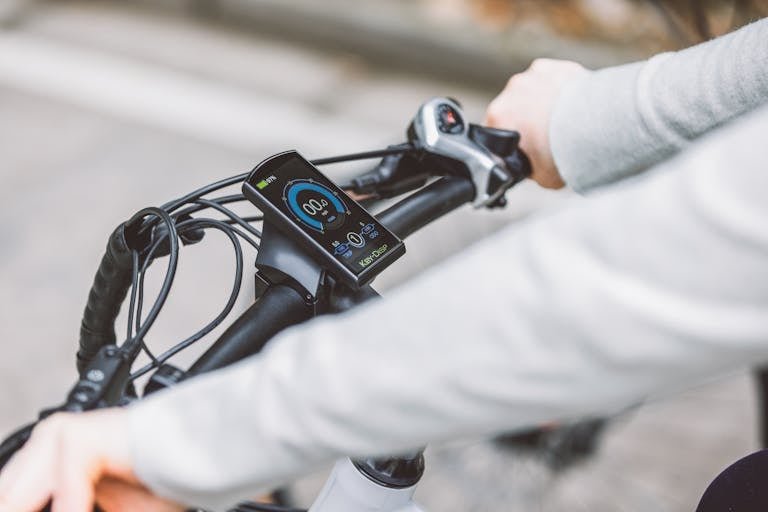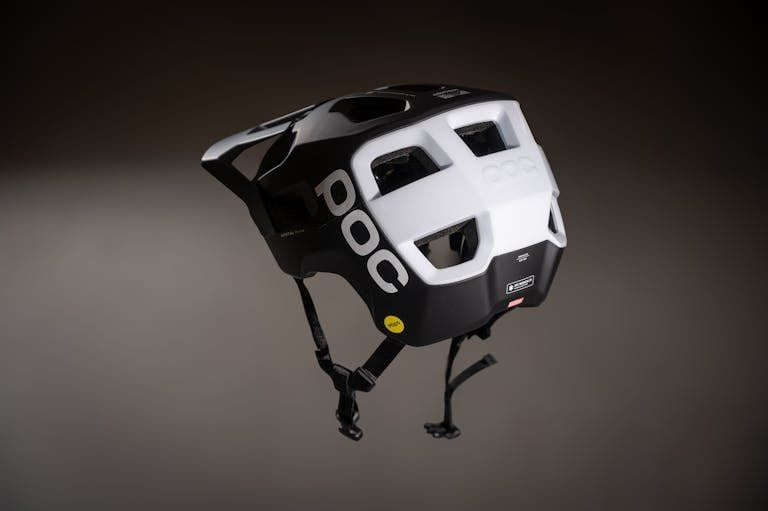How Often Should You Service Your E-Bike? Maintenance Schedule Guide
Regular maintenance is crucial for keeping your electric bike performing optimally and ensuring your safety on the road. In this guide, we’ll discuss the e-bike service schedule and help you understand when and how to service different components of your e-bike, whether you’re a new owner or an experienced rider.
Neglecting routine maintenance can lead to costly repairs and diminished performance. Regular service checks can help identify potential issues before they escalate, ensuring a smooth and enjoyable riding experience. By investing just a few minutes each day or week, you can significantly prolong the life of your e-bike and enhance your overall riding experience.
E-bike Service Schedule Daily/Pre-Ride Checks (5 minutes)
Weekly maintenance is key to avoiding long-term issues. Your e-bike’s tires are critical as they connect you to the road. Regularly check for any signs of wear or damage. A well-lubricated chain not only extends its life but also optimizes your bike’s performance by reducing friction.
- Battery charge level check
- Quick brake test
- Tire pressure inspection (should be done at least weekly)
- Visual inspection for loose components
- Motor and display function test
Monthly inspections should be thorough. A deep clean not only makes your bike look good but also prevents buildup that could affect moving parts. The meticulous checking of each component ensures that your e-bike remains in top condition, enhancing its lifespan and your safety.
Establishing a consistent e-bike service schedule is essential for maintaining performance and safety.
Weekly Maintenance (15-20 minutes)
Quarterly services, as part of your e-bike service schedule, are best handled by professionals. They have tools and expertise that most riders don’t possess. A comprehensive brake inspection can prevent accidents, while battery health checks ensure you get the maximum range from your bike.
- Thorough tire inspection for wear and damage
- Chain cleaning and lubrication
- Frame cleaning, especially around electrical components
- Battery contacts cleaning with a dry cloth
- Brake pad wear check
- Bolt tightness check, particularly for handlebar and seat post
Annual professional service is essential for high-performance maintenance. This is the time to address any lingering issues and ensure that all systems are functioning at their peak. Regular diagnostics can help identify problems early, saving you money in the long run.
Monthly Maintenance (30-45 minutes)
Recognizing the signs that your e-bike needs servicing is vital. If you hear unusual noises or notice decreased battery range, don’t ignore them. These could indicate a problem that requires immediate attention. Keeping your e-bike in optimal condition ensures a safer riding experience.
- Deep clean of entire bike
- Detailed drivetrain inspection
- Battery connection inspection
- Brake cable tension check
- Wheel trueness assessment
- Suspension fork inspection (if applicable)
- Software updates check
Quarterly Service (Professional Recommended)
- Comprehensive brake system inspection
- Drivetrain component wear assessment
- Battery health check
- Motor system diagnostics
- Firmware updates
- Bearing check and lubrication
- Tire replacement if needed
Annual Professional Service
Seasonal changes can impact your e-bike’s performance. For spring preparation, conduct a thorough cleaning and inspection to remove any winter debris. In summer, remember that heat can affect battery performance; monitor temperatures carefully. Fall is a great time to check your light systems, as days grow shorter. During winter, increased cleaning is necessary to prevent salt damage.
- Complete system diagnostics
- Battery capacity testing
- Motor efficiency check
- Hardware replacement as needed
- Frame integrity inspection
- Full suspension service (if applicable)
- Electrical system inspection
Common Signs That Service Is Needed
Immediate Attention Required:
- Unusual noises from the motor
- Decreased battery range
- Inconsistent motor assistance
- Brake performance issues
- Loose or wobbly components
- Error codes on display
Regular Monitoring Needed:
- Chain skipping or rough shifting
- Squeaking or creaking sounds
- Reduced brake responsiveness
- Tire wear patterns
- Battery charging time changes
Seasonal Considerations
Spring Preparation
Avoiding common maintenance mistakes is crucial for e-bike longevity. High-pressure washing can damage electrical components, and neglecting battery care can lead to premature failure. Always handle repairs with care, particularly electrical systems. If you’re unsure, it’s best to consult a professional.
- Full system check after winter storage
- Thorough cleaning and lubrication
- Battery performance verification
- Tire pressure adjustment
Summer Maintenance
- More frequent chain cleaning due to dust
- Regular battery temperature monitoring
- Increased cleaning frequency
- UV protection for display and components
Fall Checklist
- Brake system inspection for wet conditions
- Light system check for shorter days
- Fender adjustment and tightening
- Tire tread depth check
Winter Care
- More frequent cleaning to prevent salt damage
- Battery care in cold temperatures
- Drivetrain protection from elements
- Waterproof connections check
Common E-Bike Maintenance Mistakes to Avoid
Being aware of estimated maintenance costs can help you budget effectively. Setting aside funds for routine maintenance and unexpected repairs is wise. Moreover, regular upkeep can prevent costly replacements, ensuring your e-bike remains a reliable mode of transport.
- Pressure Washing
- Never use high-pressure water on electrical components
- Can force water into sealed bearings and connections
- Battery Neglect
- Storing battery at extreme temperatures
- Letting battery fully discharge
- Not charging regularly during long storage
- DIY Electrical Repairs
- Attempting motor repairs without proper knowledge
- Modifying electrical systems
- Ignoring warranty implications
Deciding between home and professional servicing depends on the complexity of the task. Simple tasks like cleaning and battery care can be done at home, but more complicated repairs such as motor issues should be left to professionals. Ensuring safety and performance is paramount when deciding on service options.
- Improper Cleaning
- Using harsh chemicals near electrical components
- Neglecting to dry thoroughly after washing
- Over-lubricating chain and components
Estimated Maintenance Costs and Frequency
Regular Maintenance Items
- Chain lube: $10-15 (every 2-3 months)
- Brake pads: $20-40 (every 500-1000 miles)
- Tires: $40-80 each (every 1000-3000 miles)
- Basic cleaning supplies: $30-50 (annual)
Professional Services
- Basic tune-up: $75-150 (quarterly recommended)
- Comprehensive service: $150-300 (annual)
- Battery diagnostics: $50-100 (annual)
- Motor service: $100-200 (as needed)
Long-Term Components
- Battery replacement: $300-800 (every 3-5 years)
- Motor maintenance: $200-400 (every 2-3 years)
- Controller replacement: $100-300 (as needed)
Tips for Home vs. Professional Servicing
Safe for Home Maintenance:
- Basic cleaning and lubrication
- Tire pressure adjustment
- Battery charging and care
- Basic brake adjustments
- Chain tension checks
Professional Service Required:
- Motor system repairs
- Battery internal issues
- Complex electrical diagnostics
- Major brake system repairs
- Frame or fork structural issues
Remember: Regular maintenance is not just an investment in your e-bike’s longevity, but a commitment to your safety and enjoyment. Keeping a detailed maintenance log and being proactive about repairs will help you track any recurring issues and ensure your e-bike remains in excellent condition for years to come.







